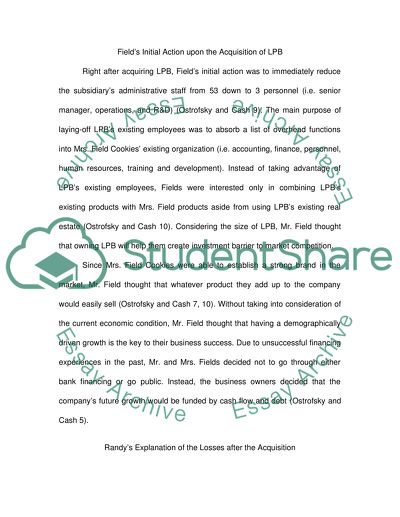Cite this document
(“The Fields case Study Example | Topics and Well Written Essays - 1500 words”, n.d.)
Retrieved from https://studentshare.org/miscellaneous/1579841-the-fields-case
Retrieved from https://studentshare.org/miscellaneous/1579841-the-fields-case
(The Fields Case Study Example | Topics and Well Written Essays - 1500 Words)
https://studentshare.org/miscellaneous/1579841-the-fields-case.
https://studentshare.org/miscellaneous/1579841-the-fields-case.
“The Fields Case Study Example | Topics and Well Written Essays - 1500 Words”, n.d. https://studentshare.org/miscellaneous/1579841-the-fields-case.


